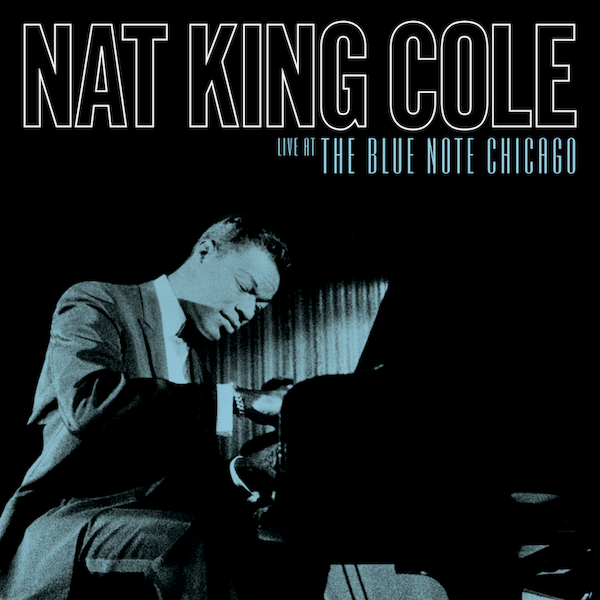Producer James Sàez Interviewed About "Nat King Cole: Live at the Blue Note Chicago"
the recently unearthed and restored RSD release finds Cole in fine form
I once had an Uncle Louis, who as far as I know, I’d only met as an infant. He and my dad had a complicated relationship and, unfortunately, over the years they drifted apart. Louis died unexpectedly sometime in the 1990s; I don’t think my father ever made peace with the estrangement. Though I have no personal memory of Uncle Louis, I do have some interesting familial folklore.
My dad used to tell a story about Louis moving from NJ to Las Vegas during the late 50s/early 60s, a time when one might argue Sin City was at its peak. He worked at a restaurant there frequented by several notable entertainers and celebrities. Many of them, my uncle explained, misbehaved while dining. However, there was one patron that Louis described as always being respectful, always genteel and polite, no matter what others might have been up to. That was Nat “King” Cole, without-fail a class act.
This decades-old intragenerational yarn snaps into focus for me in the year 2024 as the Iconic Artist Group releases an unheard collection of live Nat “King” Cole recordings for this year’s Record Store Day. Live at the Blue Note Chicago features recordings that the club’s owner - Frank Holzfeind - made of Cole, who was one of many acts that passed through his club that he recorded for posterity's sake. Kevin Gray at Cohearent Audio cut lacquers for the two disc set pressed at RTI on 180-gram vinyl and packaged in a marvelously made Stoughton gatefold jacket. The release can also be acquired on 2CD and digital formats.
Holzfiend took a “set it and forget it” approach to recording these performances, as he was more interested in simply capturing the moment rather than producing a high-quality sonic masterpiece. The recordings of Cole - a week’s worth - were made dual mono and sonics varied. To sort through the recordings - and to restore them to sound their absolute best - Iconic chose James Sàez to produce the project. In this interview, you’ll hear James share plenty of interesting details about transforming those casual recordings into something worthy of the beautifully detailed physical package that surrounds it.
If you get the opportunity to hear the tracks you may have to temper your audiophile expectations, but what you gain in return for this compromise can be a transportive experience. What you’ll hear are performances that you’re not really supposed to be hearing; gigs that were thought to have been lost in the ether, engagements that were not meant to be iron-clad representations of Cole’s performances during the early 50s. But, because of Cole’s musicality and because of his high standard of maintaining his professional rigor, we catch him doing his best at a time that he may not have known that his best was being captured. Sàez gives us more than a package of restored audio, he gives us an opportunity to time-travel to 1953 - to the Windy City - to witness Cole not only giving it his best, but above all else, presenting himself as the gentleman he was. A true gentleman, of course, doesn’t act any differently whether the microphones or cameras are on or off. He exudes class whether or not other people are watching. He acts the same way whether he's in front of a sold out audience or interacting with my Uncle Louis at some restaurant on a dark and dusty Las Vegas desert night.









































.png)








